Fender skirts, once a hallmark of automotive elegance, graced many classic cars between the 1930s and the 1970s. These stylish accessories not only enhanced the aerodynamics of vehicles but also added a touch of sophistication to their overall appearance. Their historical and cultural significance in the realm of automotive design makes them an iconic element worth exploring.
The Rise of Fender Skirts in Automotive Design
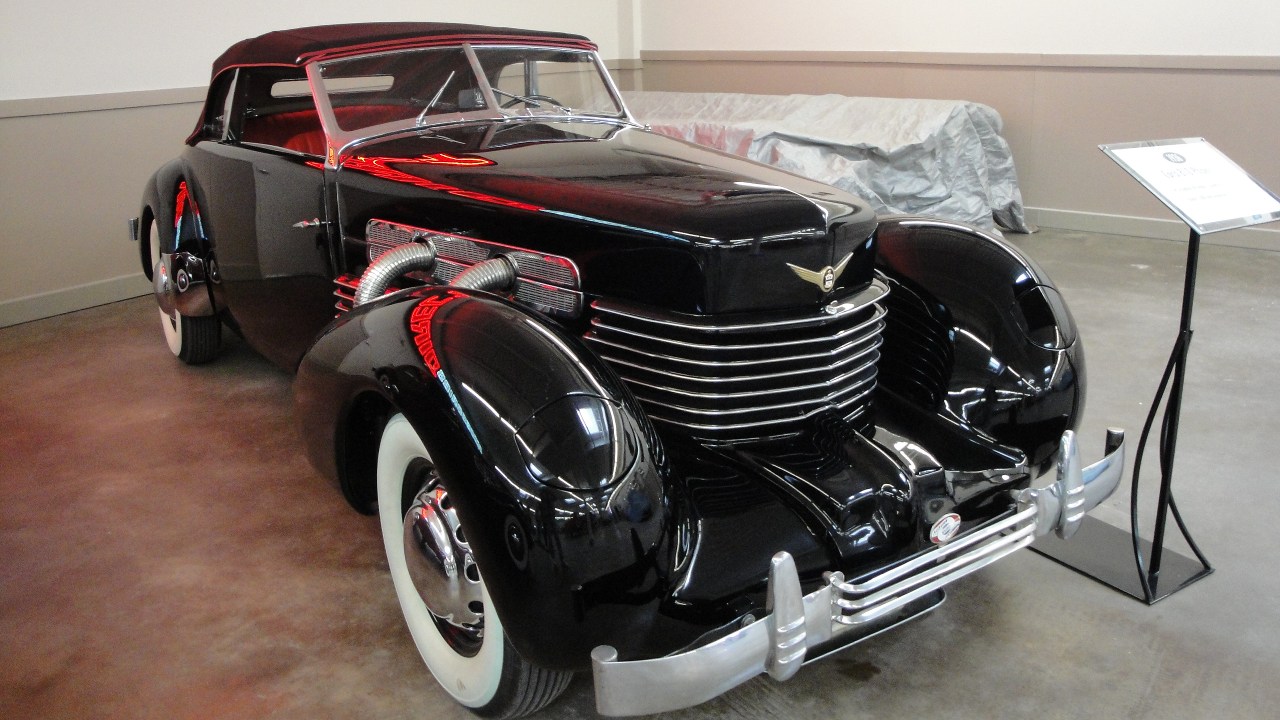
The introduction of fender skirts in the 1930s marked a significant innovation in the automotive industry. Initially, they were incorporated to improve aerodynamics and enhance fuel efficiency. Car manufacturers recognized that by covering the rear wheels, they could reduce air drag, which allowed vehicles to achieve better performance and efficiency. This was particularly important during a time when the industry was experimenting with various ways to optimize the function and form of automobiles.
Beyond their functional benefits, fender skirts quickly became a stylistic choice, influencing the aesthetic direction of many car models. They contributed to the streamlined appearance of vehicles, aligning with the art deco movement’s emphasis on sleek, modern lines. The 1936 Cord 810, for instance, featured fender skirts that accentuated its aerodynamic shape, making it a standout model of its time. This trend continued through the decades, as fender skirts became synonymous with elegance and sophistication in automotive design.
Cultural Impact and Popularity
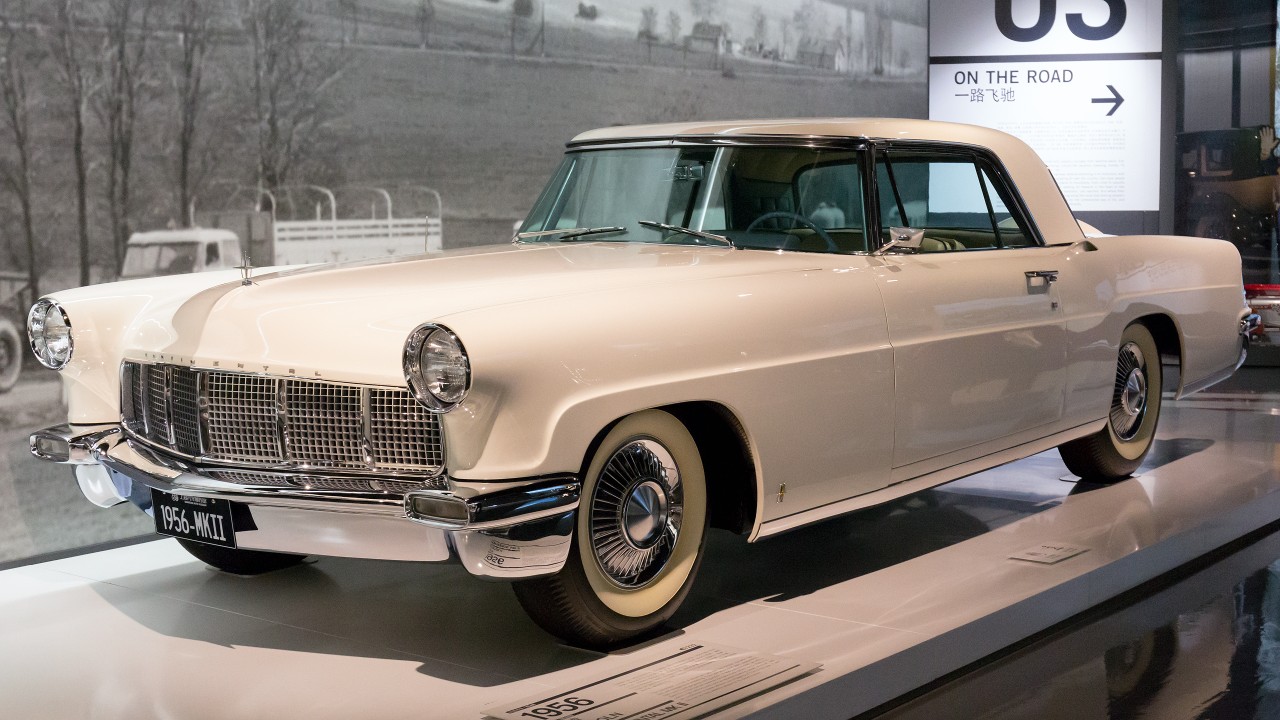
Fender skirts gained immense popularity thanks to the influence of celebrities and luxury car brands. Icons such as Marilyn Monroe and Elvis Presley were often seen in vehicles equipped with these stylish accessories, further solidifying their allure. The glamour associated with such figures made fender skirts a desirable feature, particularly in high-end models from brands like Cadillac and Lincoln. These vehicles not only offered luxury and comfort but also became status symbols, reflecting the prosperity of their owners.
In the post-war era, owning a car with fender skirts came to symbolize modernity and affluence. As the economy boomed, more people sought to express their newfound wealth through their choice of automobiles. The sleek designs and innovative features of cars with fender skirts catered to those aspirations, offering a blend of style and functionality. They became a testament to the cultural zeitgeist of the time, where progress and prosperity were celebrated through design and technology.
Evolution and Decline
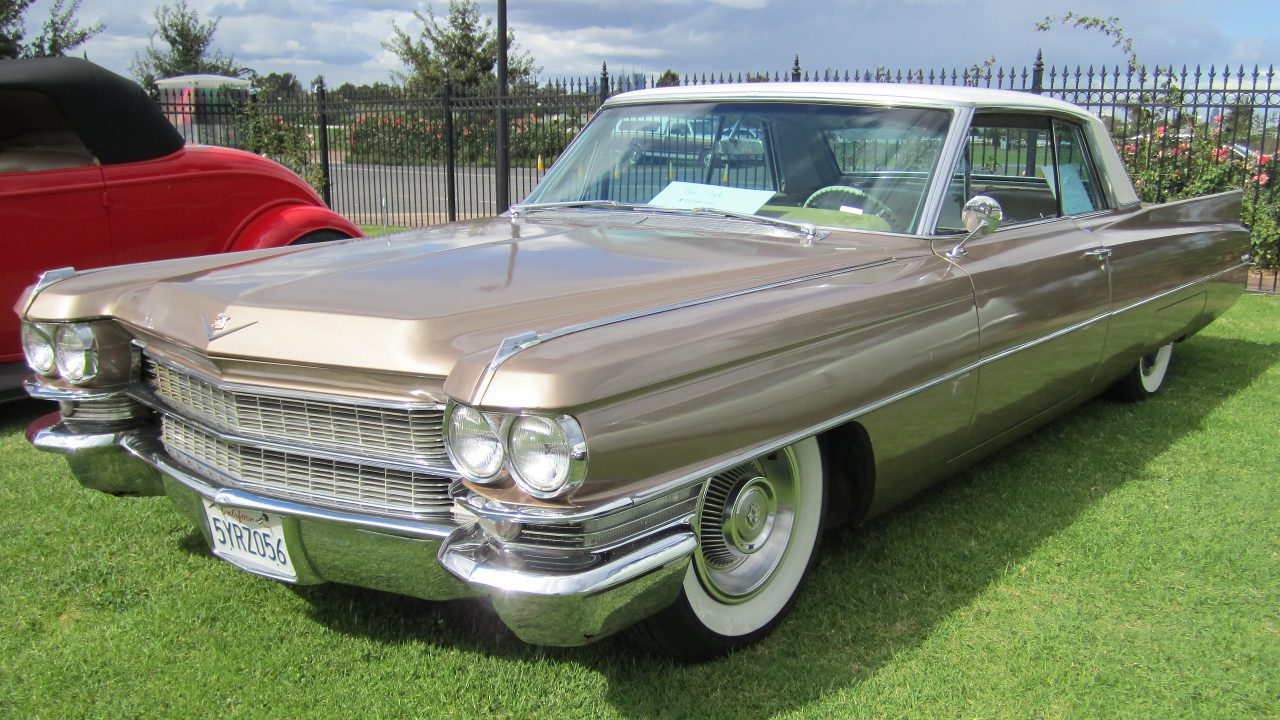
As the automotive landscape evolved, so did design trends, leading to the gradual decline of fender skirts. By the late 1970s, there was a noticeable shift towards more compact and sporty vehicles, which prioritized performance over the ornate designs of previous decades. This shift rendered fender skirts somewhat obsolete, as their aesthetic no longer aligned with the emerging preferences for agility and minimalism.
Technological advancements also played a significant role in the decline of fender skirts. Improved tire designs and suspension systems reduced the need for the aerodynamic benefits that fender skirts once provided. As cars became more efficient and manufacturers focused on other performance-enhancing technologies, the practical necessity of fender skirts diminished. This, coupled with changing tastes, marked the end of an era for these once-iconic automotive accessories.
Nostalgia and Revival
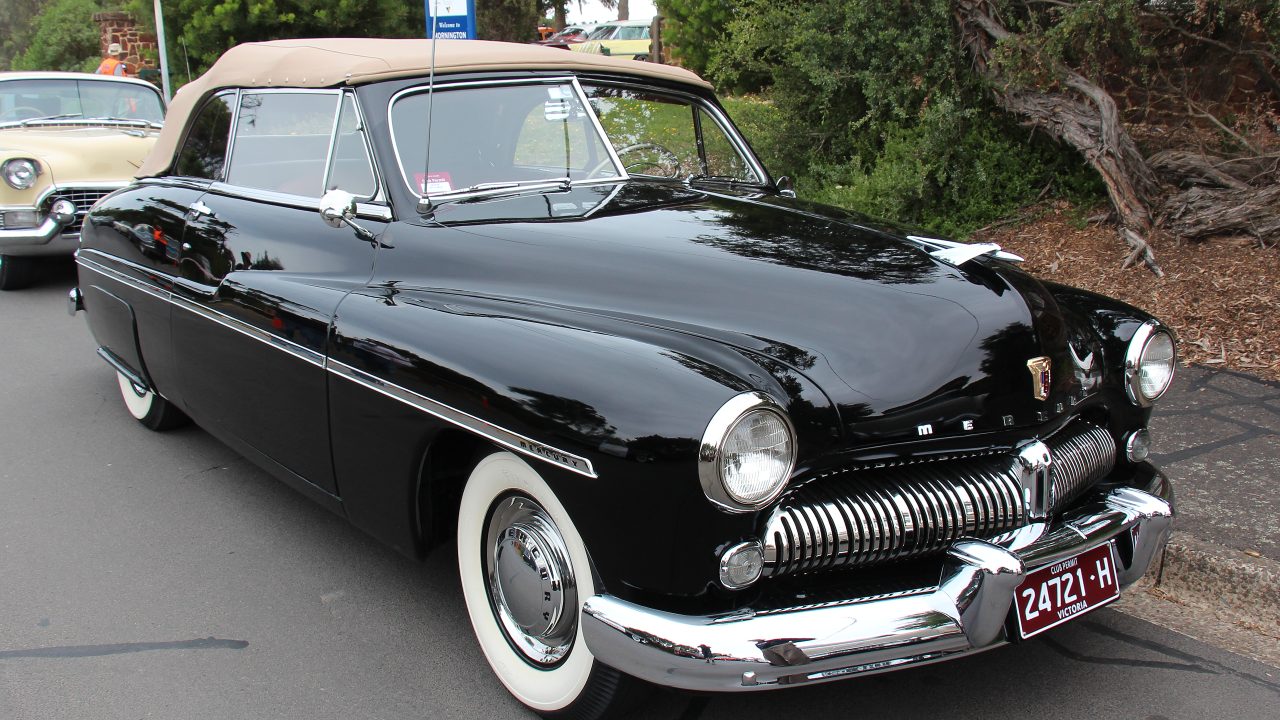
Despite their decline in mainstream automotive design, fender skirts continue to hold a special place among classic car enthusiasts. Collectors and restorers appreciate the vintage charm and unique aesthetic that fender skirts offer, often going to great lengths to preserve or restore them on classic models. For many, these accessories are a reminder of a bygone era, evoking nostalgia for a time when cars were celebrated as works of art.
In recent years, there have been instances where contemporary car designs have revisited fender skirts, either as a nod to retro aesthetics or for functional purposes. Some manufacturers have experimented with integrating them into modern vehicles to improve aerodynamics, reflecting a blend of old and new design philosophies. This revival demonstrates the enduring appeal of fender skirts and their ability to adapt to changing trends while maintaining their iconic status.
Fashion and Design Parallels
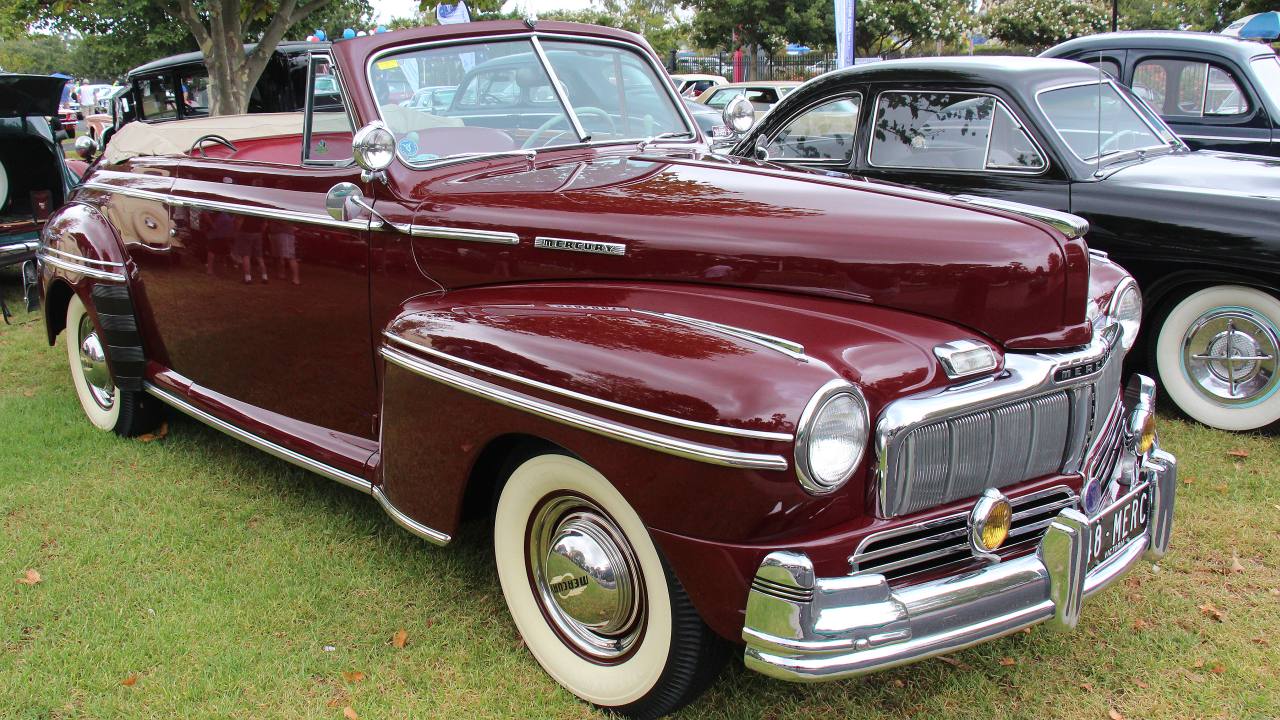
The rise and fall of fender skirts in automotive design can be likened to trends in the fashion industry, where styles often cycle in and out of popularity. Much like how certain fashion items gain and lose favor over time, fender skirts experienced similar fluctuations in their desirability. This cyclical nature of trends highlights the interconnectedness of fashion and automotive design, where both fields draw inspiration from cultural shifts and artistic movements.
Moreover, the unisex appeal of fender skirts parallels the concept of gender fluidity in fashion, as seen in modern designers like Harris Reed. Just as Reed’s creations challenge traditional gender norms, fender skirts broke away from conventional design constraints, offering a versatile and inclusive aesthetic. This alignment underscores the idea that both fashion and automotive design can serve as platforms for self-expression and innovation, transcending traditional boundaries.
Like Fast Lane Only’s content? Be sure to follow us.
Here’s more from us:
*Created with AI assistance and editor review.

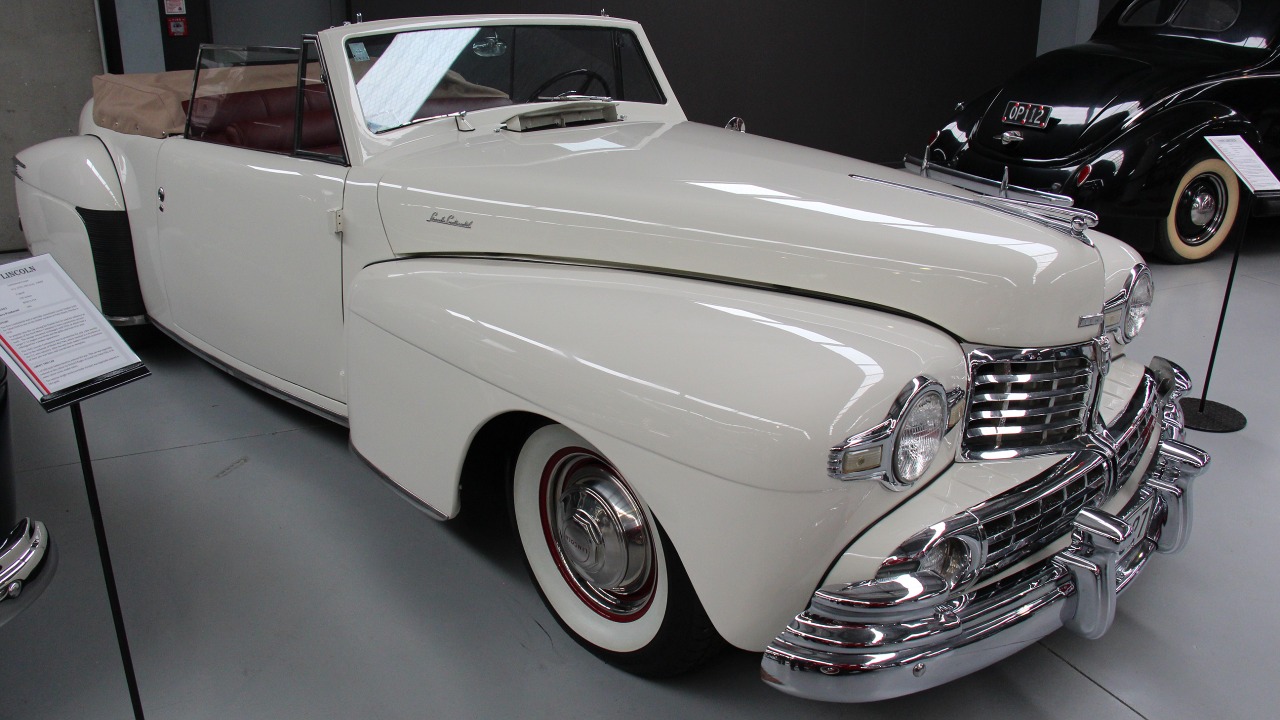


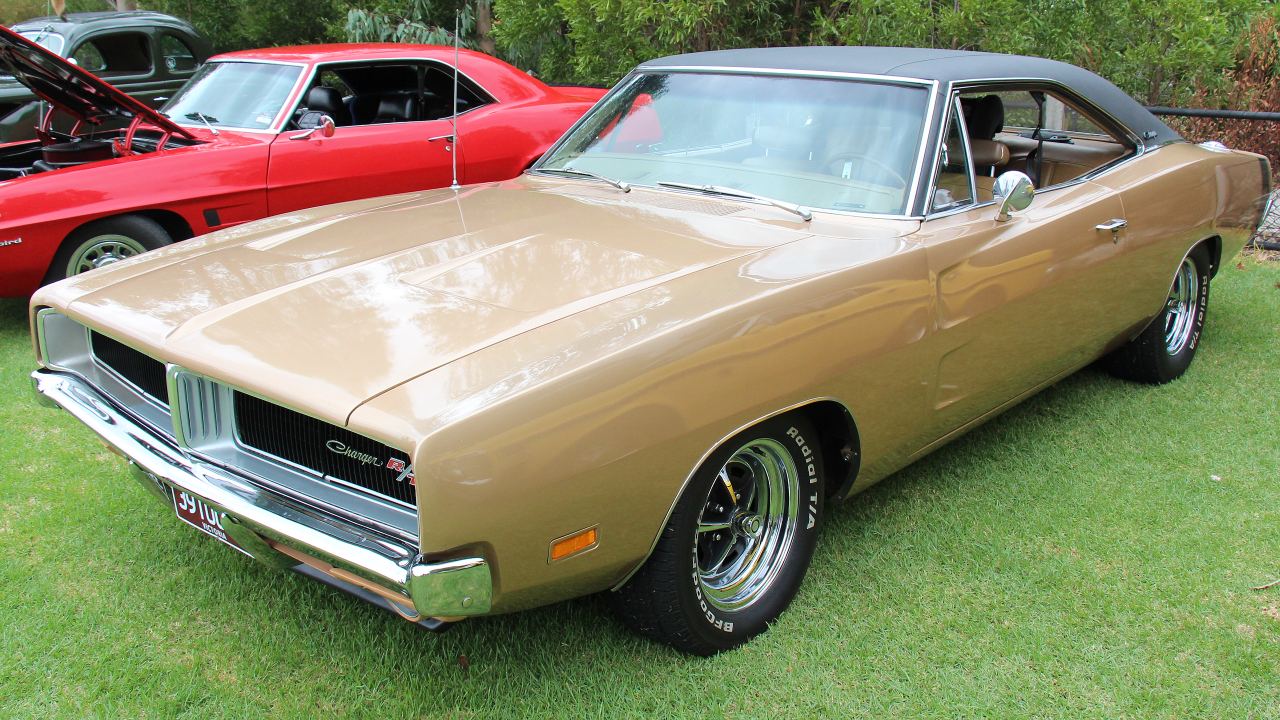


Leave a Reply